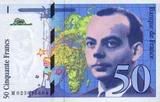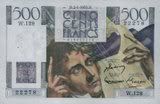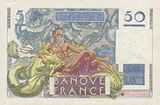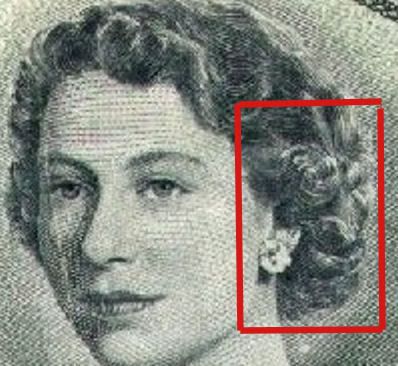Some little while ago, Britain made a small faux-pas. Democracy being what it is i.e. a small minority of the committed leading the vast majority of the politically and sociologically lazy, we entered into an agreement with our European friends to live as one big, happy family. Never mind the fact that for the last 500 years we’ve been beating the living crap out of most of them: we were told that we were heading for a land of milk lakes and honey mountains.
OK, so we fell for it and our lives are now governed by faceless bureauprats in places last seen being bombed by us in the Sunday afternoon war movie - but at least we still had control of our currency. It was bad enough when £sd was replaced by the “new pee” (it’s pence, people, pence!) but now there is talk of Britain changing to Euros.
Since Roman times we had stuck with Librae, Solidi and Denarii albeit with the far more British names of pounds, shillings and pence but, because it appears that the whole of Europe is incapable of counting in twelves, we had to go decimal. Being of more mature years, I still hanker for the feel of a good, solid half crown, no longer is there the anticipation of a 10 bob note falling out of the Christmas card from Auntie Gladys. Instead we became used to paying in pees! Whereas once upon a time one bought a pint of Watneys and a cheddar ploughmans and still had change from a shilling, we now have Katzpissbrau lager and quiche lorraine - all thanks to the EEC.
Since our ancestors first bought their bear skins at Prehistoric Man at C&A, we have needed currency. Granted, it comes in all sorts of forms, metal, cowrie shells, wampum, even plastic: but they all have three things in common:
1) You can never get enough
2) There is no finite limit to the number of ways in which we can be relieved of it
3) It needs to be accepted by the populous as the agreed method of payment.
For some of us, it has another quality. Banknotes through the ages have some beautiful designs, fascinating histories and are immensely collectable.
When the Euro was introduced, it completely decimated a European art form and substituted a bland piece of paper which means nothing other than a means of paying for something.
Banknotes have always been used to commemorate people or events. The French have always been rather good at banknote design and a few examples are shown here. Compare those to the Euro and even the philistine can see the difference.
 |  |  |
| France 50 franc 1994 | France 500 franc 1953 | France 50 franc 1947 |
Take the German currency during the terrible hyperinflation period of 1923: Defeat in WW1 meant that Germany was forced to make vast reparation payments to (predominantly) the French. With the country already on its knees economically, manufacturing and imports were low and goods suddenly became scarce. People therefore tried to hoard supplies, supplies became scarcer….shops therefore increased prices more……people hoarded more etc, etc. The Government tried to print its way out of inflation by creating more money, but without the financial reserves to back the issue, thus creating a spiral of hyperinflation. Even Railway Companies and local areas used to print their own notes – all with no backing.
History comes alive by example and illustration, so here are a few to think about:
• The number of notes in circulation at the peak of inflation was sufficient to give $2 trillion to every person in the USA
• Suitcases replaced wallets as a means of carrying one’s money
• In October 1923, 1 billion marks would buy 3 eggs
• The Reichsbank printing bill for 1923 reads “32,776,899,763,734, 490,417 marks and 5 pfennig” (not like the Germans to be precise!)
• In Nov. 1923, a single match cost 900 million marks!
To me, the (true) story that sums up this whole tragic era goes like this:
Two women carried a large laundry basket to the bank filled to the brim with banknotes in order to deposit them. Seeing a crowd standing round a shop window, they put down their basket for a moment in the hope that there was something that they could buy. When they turned round a few moments later, they found the money still there untouched ….. but the basket had gone.
Despite all this, despite the fact that the Reichsbank would revalue as often as 6 days, necessitating yet another banknote issue, the vast majority of notes were incredible examples of the engraver’s art. My own collection has 140 different versions from this period and I am well short of completing even the National issues.

There is one particular note called the “Devil’s hair” note, issued by Canada in 1954 where the image of a grinning demon appears within the Queen’s hair. Some say it was the work of a French-Canadian engraver who hated the British although the truth will never be known.

Oh dear, I’m getting carried away here. If anyone who has managed to plough their way through this has any old notes they want to sell, swap, donate, identify or whatever, please feel free to email me. I’ll always be pleased to help – or even just talk about paper money. As you can probably tell, it’s a subject dear to my heart!


.jpg)

.jpg)


1 comment:
I loved this entry into your blog Bertie - really interesting.
It's a great blog - keep up the good work.
Post a Comment